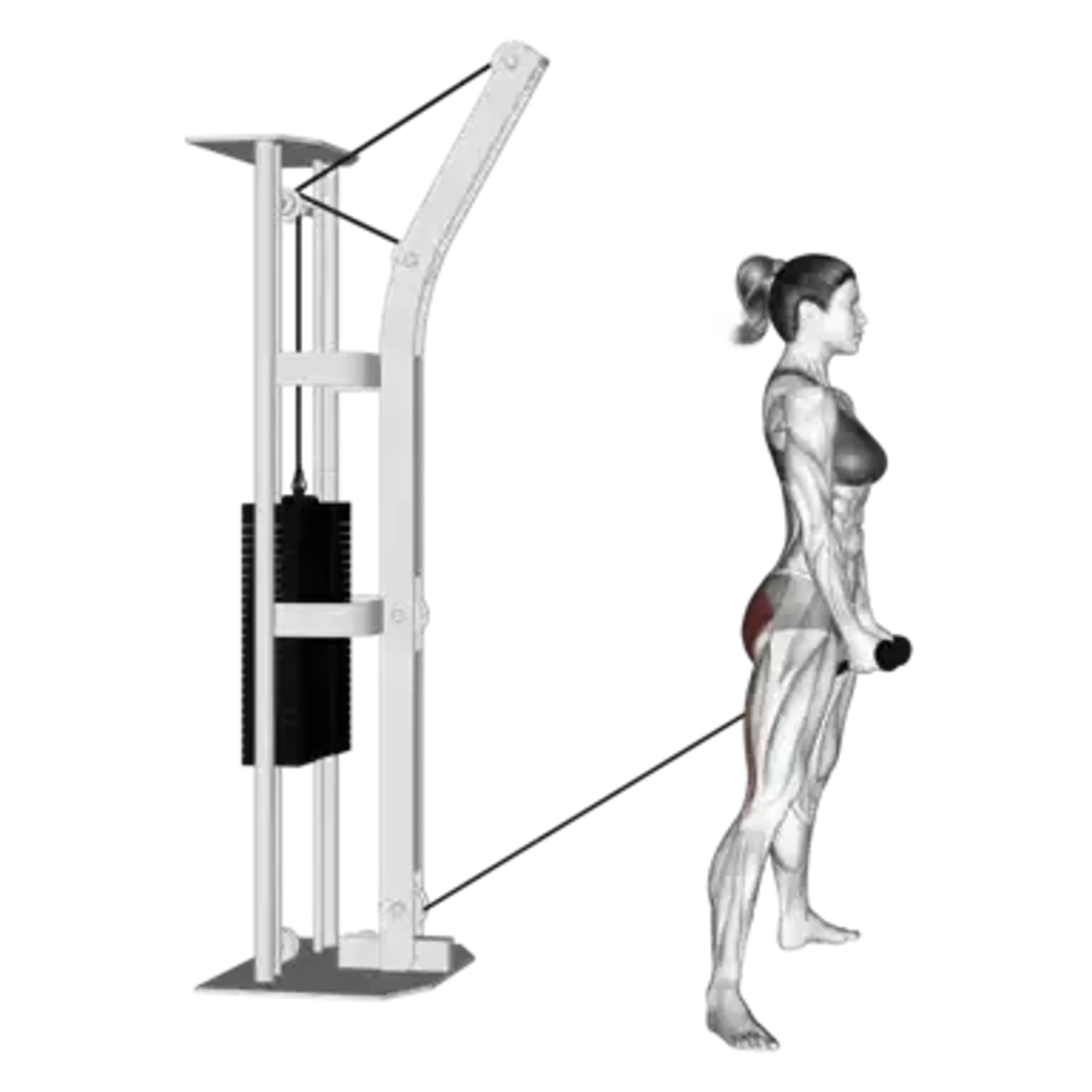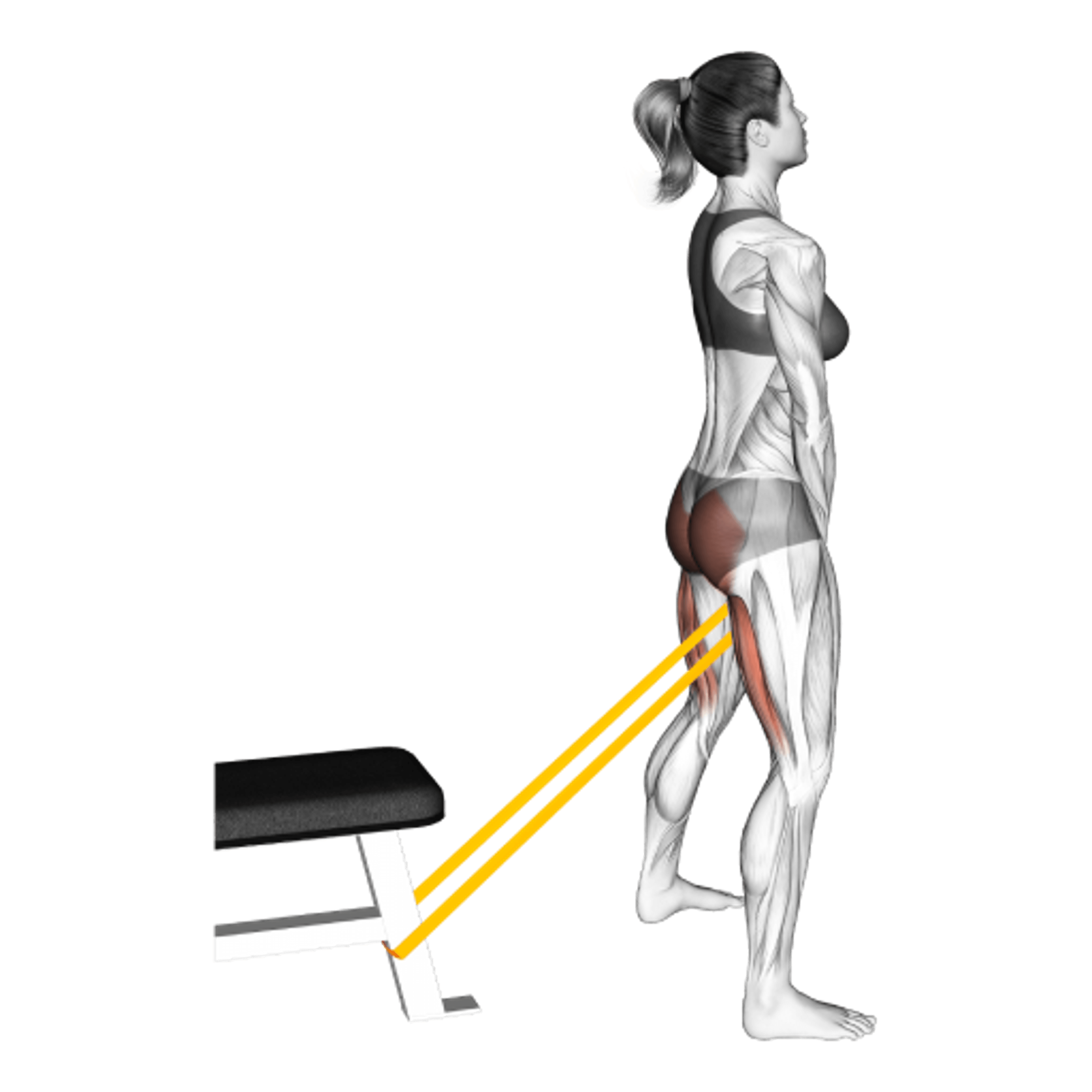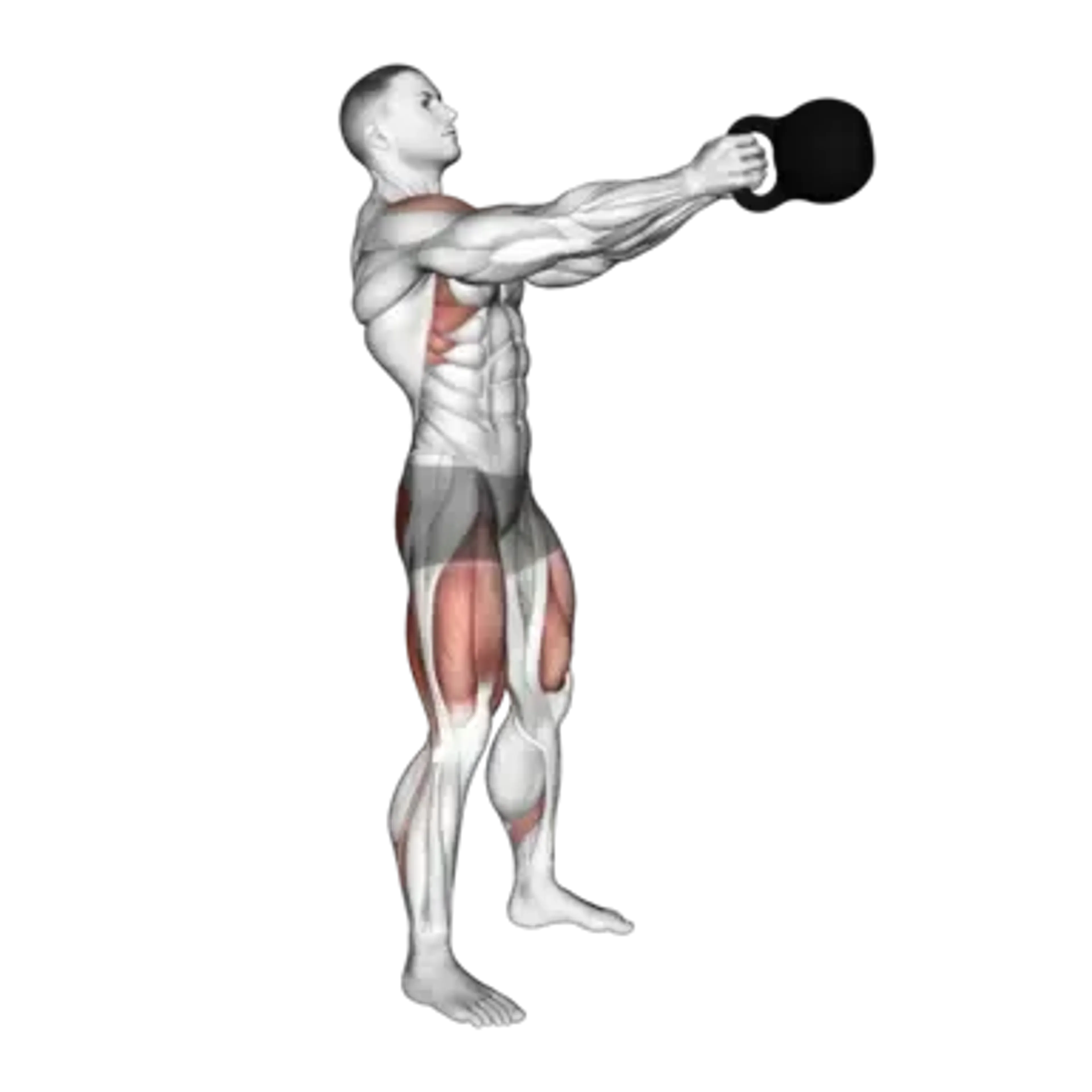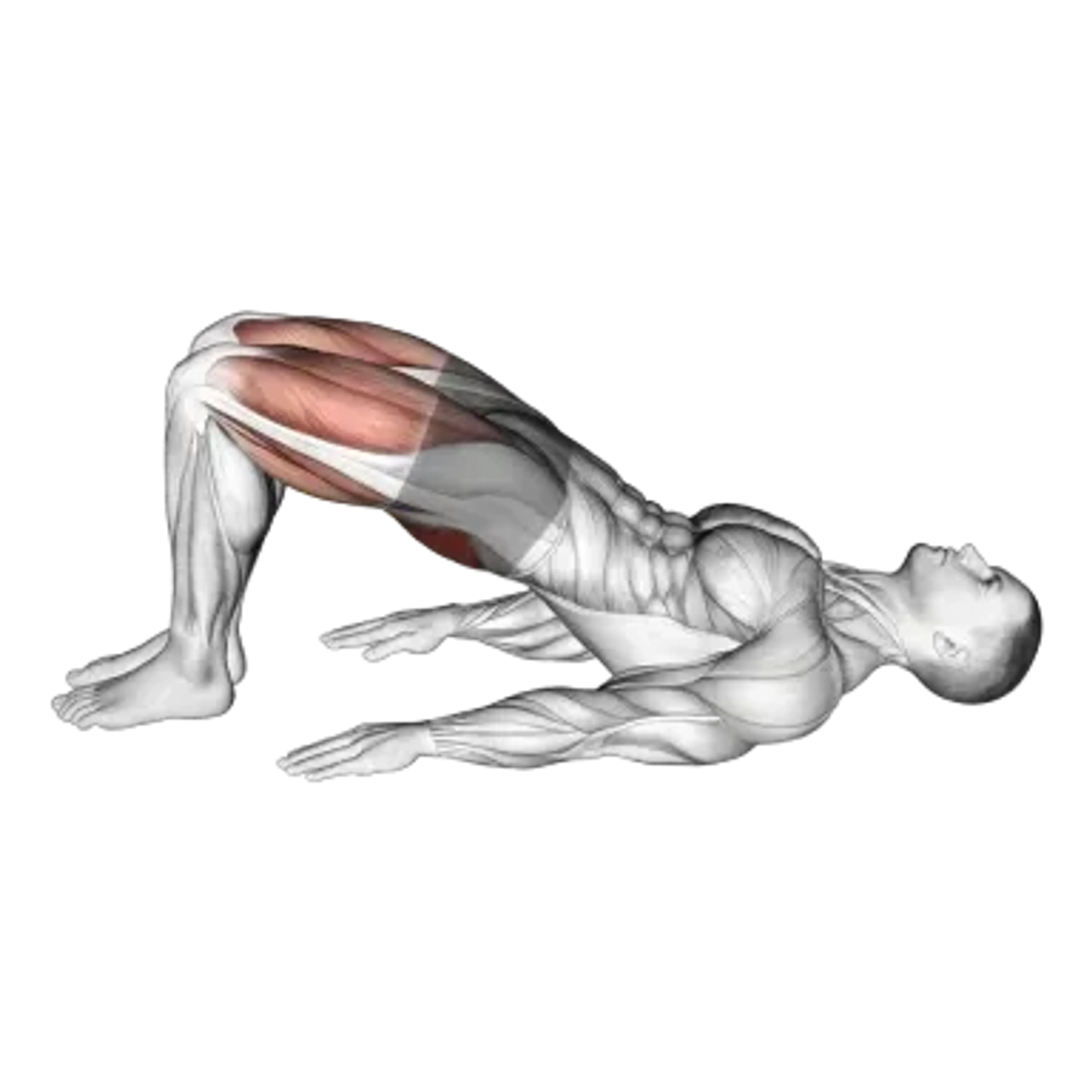Reverse Hyperextension

Overview
- Primary Focus:
- Glutes.
- Equipment:
- Body weight and bench.
- Difficulty:
- Intermediate.
General Information
Reverse Hyperextension is a compound exercise that primarily targets the glutes and also engages hamstrings, and erector spinae. It is an intermediate-level movement typically performed on a bench or dedicated machine, training hip extension without axial loading on the spine.
By moving the legs behind you while the torso stays supported, you emphasize the glutes and hamstrings through the mid-to-end range. It’s useful for posterior chain development and as an accessory for hinge-based lifting.
Range and tempo control are critical: swinging reduces stimulus and may irritate the lower back. Slow, deliberate reps with a brief top pause create strong glute tension and reduce momentum.
Expect a concentrated squeeze at lockout and a stretch sensation near the bottom. Adjust bench height so hips are near the edge and movement occurs at the hips, not the lumbar spine.
Muscles Worked
- Gluteus Maximus
- Primary
- Biceps Femoris
- High
- Gluteus Medius
- High
- Erector Spinae
- Medium
- Semitendinosus
- Medium
- Gluteus Minimus
- Low
- Thoracolumbar Fascia
- Minimal
Instructions
- Lie prone on a bench with hips near the edge and legs hanging straight down; hold the bench lightly for stability if needed.
- Set ribs down and brace; keep the neck neutral and shoulders relaxed away from the ears.
- Initiate by squeezing the glutes to lift the legs behind you until your hips reach extension; avoid arching the lower back to gain height.
- Pause briefly at the top while keeping knees soft and toes in line with the shins; do not kick or swing for momentum.
- Lower slowly to the start under control, maintaining tension instead of relaxing at the bottom.
- Repeat for smooth, deliberate reps, keeping motion at the hips and your torso stable on the bench.
Common Mistakes
Injuries
Reverse Hyperextension is a medium risk exercise when performed with proper technique.
The lower back is the main strain point if you swing or overextend. Keep ribs down, move at the hips, and avoid chasing excessive height at the top of the rep.
If you feel back pressure, reduce range, slow the tempo, or elevate the bench to improve hip position. Build volume gradually and pause briefly at lockout to eliminate momentum.
Stop if you feel sharp lumbar pain or radiating symptoms. Regress to shorter arcs or isometric top holds until control improves.
Alternative Exercises
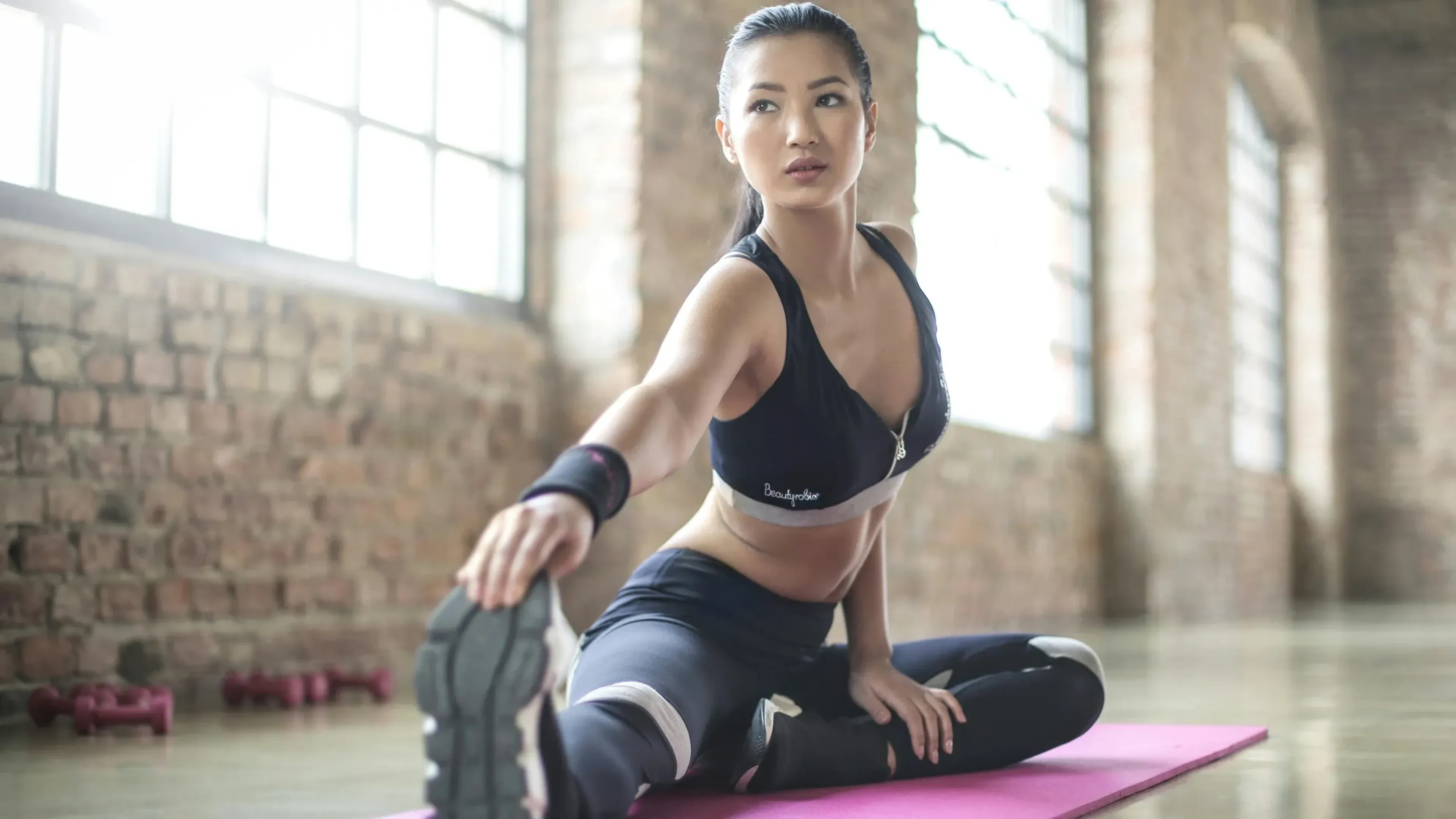
Frequently Asked Questions
- Q: Should I keep my knees straight or slightly bent?
Keep a soft bend. Straight knees can increase hamstring tension and encourage swinging rather than controlled hip extension.
- Q: How high should I lift my legs?
Only to hip extension. Stop once the torso and thighs form a straight line; more height usually means lumbar extension, not more glute work.
- Q: Can I load this movement later on?
Yes. Start with strict bodyweight control, then add light ankle weights or a squeeze pad between feet as technique allows.
- Q: What tempo works best for safety and stimulus?
Use a slow 2-3 second lower and a brief top pause. The controlled cadence keeps tension where you want it and reduces swinging.
Overview
- Primary Focus:
- Glutes.
- Equipment:
- Body weight and bench.
- Difficulty:
- Intermediate.
